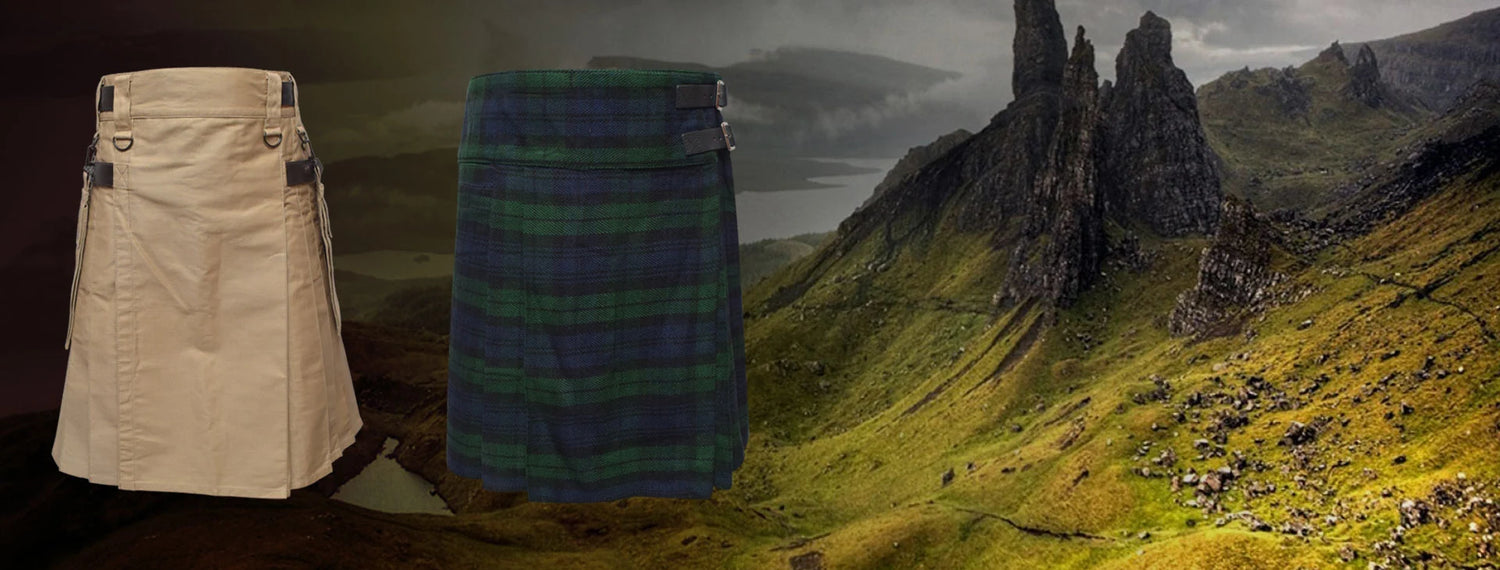Evolution of Highland & Historical Wear
Early Origins
(Before 16th Century): Early Scots adapted to rugged terrain with wool and leather garments, while tartan patterns started emerging. Meanwhile, historical European warriors and nobility wore chainmail, tunics, and layered garments influenced by cultural and military traditions.
Clan Identity & Evolution
(16th-17th Century): Highland clans developed unique tartans as symbols of identity. At the same time, historical fashion evolved with the Renaissance, bringing elaborate doublets, embroidered coats, and decorative armor to European and military attire.
Jacobite Period & Suppression
(18th Century): The Jacobite uprisings linked Highland dress to rebellion, leading to the British ban on tartan in 1746. Meanwhile, historical military fashion saw the rise of frock coats, waistcoats, and tricorn hats, which defined 18th-century European warfare.
Romantic Revival & Popularization
(19th Century): The Highland Romantic Movement and Queen Victoria’s love for tartan revitalized Highland wear. Simultaneously, Napoleonic-era military fashion, featuring hussar jackets, dolmans, and breeches, became iconic in European historical dress.
Modernization & Contemporary Wear
(Late 19th Century - Present): Highland wear became standardized with kilts, sporrans, and jackets, while historical clothing continued to influence ceremonial attire, military reenactments, and period fashion, preserving heritage across cultures.









































